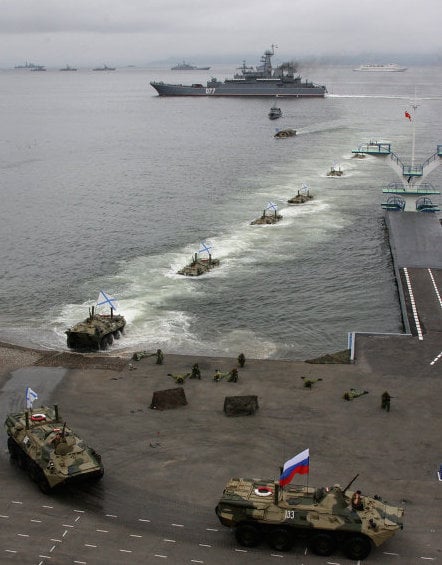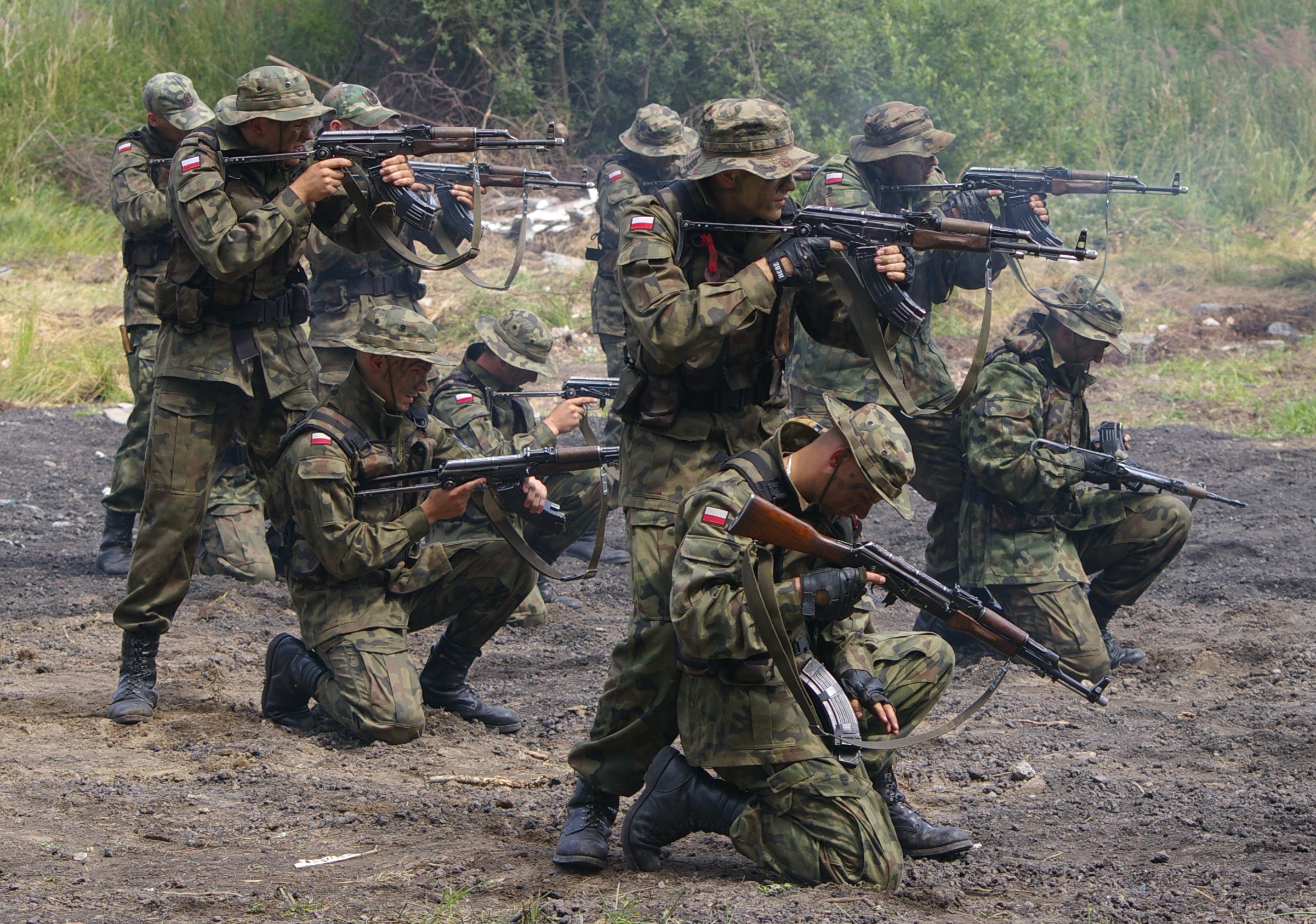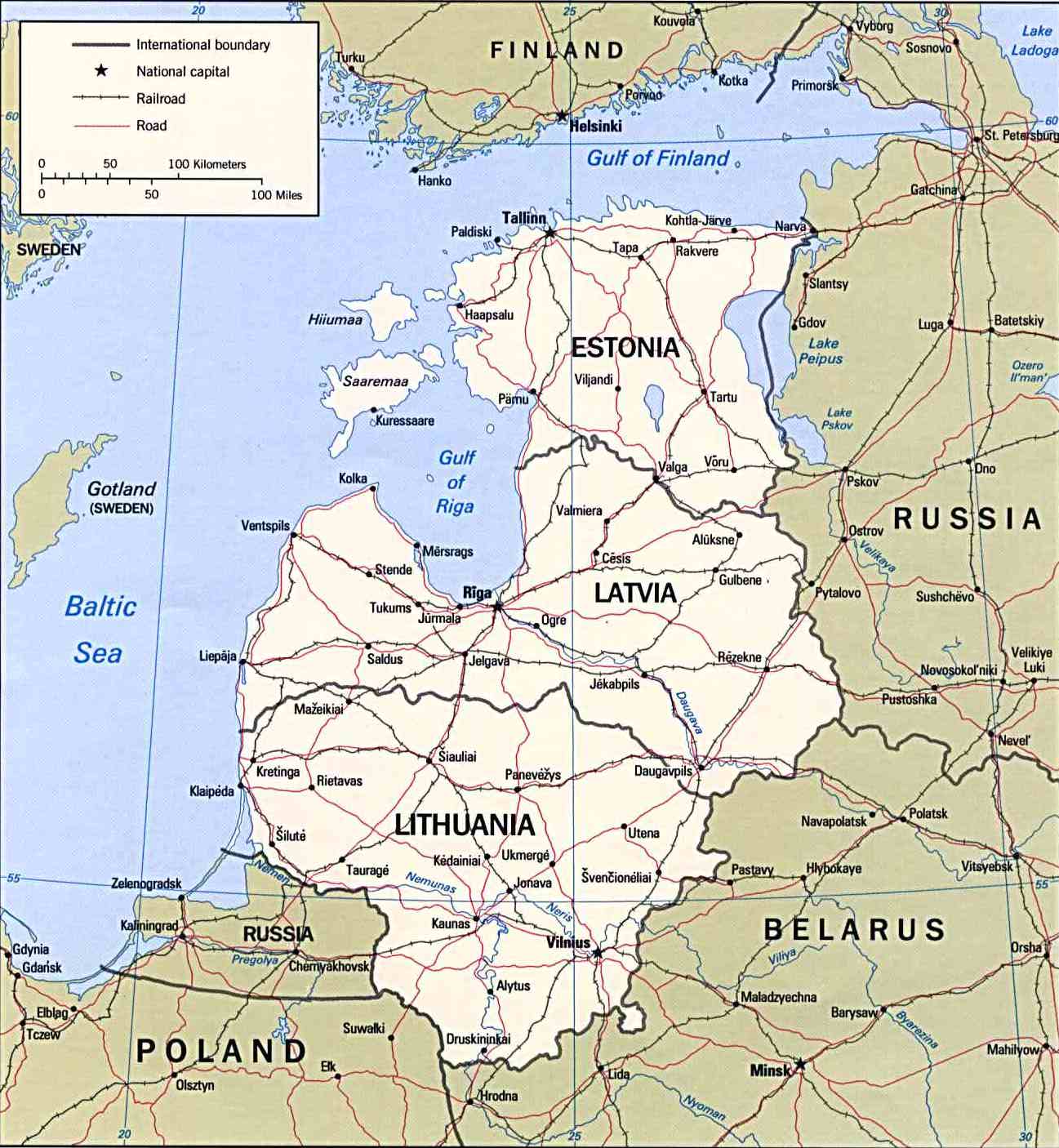In Tartu Estonia, there is a building on the main square, constructed on an uncertain foundation that leans precipitously. The locals call it the “Leaning House” or the “Pisa Building.” Ironically, it leans to the west, appearing something like a hunting hound straining at the leash to be loosed to run after its quarry. In this case, though, complex histories, and Russia, are the leash.
The Baltic Republics — Estonia, Latvia and Lithuania — occupy an important place in Russian history and thought. Latvia and Estonia have roughly a 25 percent Russian-ethnic minority (perhaps 400,000 out of a population of 1.3 million in Estonia; perhaps 550,000 out of a population of 2.2 million in Latvia) as a result of the Soviets and their families here after the war.
Estonia was part of the Russian Empire for centuries until the Tsarist Empire fell apart—and Estonia quickly bolted, declaring its independence in 1918 (75 years before Ukraine could do the same, it should be noted). After the Soviets rolled back the Nazis, they rolled up the Baltics— and as recently as 2012 Russia and Estonia still have not settled the borders permanently, but there are permanent Russians as well as newly arrived transplants that make borders a different kind of question.
Latvia, too, has been a forest duchy ruled from abroad since the 13th century—but it has never lost its identity as a people and distinct culture. Latvians have struggled with proper “sharing” between Latvian and Russian, a flashpoint in any borderland. (When I was there several years ago, a debate raged about what language, or languages, street signs should be). Today, one has “three strikes and you’re out” to pass a Latvian language test—no pass, no citizenship, no voting, no EU passport. A pretty good incentive package, though.
St. Petersburg, former capital of Russia (and Leningrad for 75 years of the 20th century) is closer to Helsinki, Riga, and Tartu than it is to Moskva—which is the same distance away as Vilnius. Proximity and population matter, and have caused many to wonder if “the next Crimea” will be in the Baltic.
For the European Union and NATO, though, those borders are much more than transit points of peoples, ethnic minorities, businessmen with posh flats in Riga and homes in St. Petersburg and bank accounts in Bern, Switzerland—they are the “walls of Europe” that have in some form or fashion existed since the 14th century when Europe tried to keep the Golden Horde, the Huns, and the Ottomans out.
There is a lot more than a border crossing here—and that is why Europe is likely to react so differently to a Russian adventure on the banks of the Narva River and the Baltic.
Russia stands to lose too much, and gain too little, with an expansionist adventure to the north by northwest. Here are some reasons the Baltics are safe for now.
Kaliningrad, Exposed
Several years ago, Putin tried to get permission to build a highway to Kaliningrad that would have neither on nor off ramps as it transited Belarus, Lithuania and Poland. Howls from Vilnius and Warsaw quickly punctured that trial balloon.

The Russian Navy maintains approximately 40 naval craft and vessels in Baltiysk, Kaliningrad (until Sevastopol was taken, Russia’s only year-round ice-free port), albeit in a questionable state of maintenance and crew capability—they are rarely seen to raise steam, much less sortie.
There are a million inhabitants in Kaliningrad, surrounded and isolated by the EU and NATO on all sides. Russia can’t afford to gamble away Kaliningrad—and the “West” could take it even more easily than Russia took Crimea, and with just cause—it was always part of Prussia (and before that the Teutonic Knights and the Hanseatic League, the precursor to the EU) until the post-World War II period.
Europe, Uncovered
The Baltics also offer access to the European Union. Perhaps more importantly, they offer access that is not directly into Poland from Belarus, making it much harder for the Poles to stop Russian goods and people transiting further into Europe. While Vladimir Putin talks of a Eurasian consortium of some sort, what he fears is losing access to the “rest of Europe” via the Baltics and onward through Poland. Not only can he not afford to risk the trade loss, he can’t afford to stop the import of luxury Italian clothing, Spanish jamon de Sevilla, French wines, and German cars—his oligarchs will be irate. Putin and Russia need Europe more than Europe needs Russia—that eternal truth has not changed since young Prince Peter traveled to England in the 17th century.
Banking and Finance
The rapid expansion of the banking industry in the Baltic Republics in the 1990s, especially Latvia, made a lot of money for some people.
First, it allowed Russians to get their money out of Yeltsin’s Russia, but keep it fairly close. Second, once the Baltics were in the EU, the money was safer—subject to more scrutiny and controls perhaps, but certainly safer. Third, the sustained rise in property values meant that drug money could be laundered via the real estate market—much harder to track than regular banking, finance, and commerce. Lastly, if London starts to carefully scrutinize the amount and nature of Russian rubles there, Putin and his fiscal sponsors will need to find another place to move GazProm’s profits. While reports are sketchy and (understandably) secretive, trends seem to indicate that Russia is pulling hundreds of billions of dollars/pounds/euros out of its traditional and well-known banking centers, in anticipation of more sanctions. It needs Riga and Tallinn.
Poland Resurgent

If there is a large, wary, careful and capable opponent to Russia’s designs in the Baltic, it is Poland. While Poland will be savvy in its diplomatic maneuverings, it will not back down or overly accommodate Russia.
Poland is the one economy in the region to have sustained a consistent growth, not stumbling during the global fiscal crisis and resultant recession, and adroitly integrating policies at home and in Europe to make many friends, and alienate few potential enemies.
Not only is Poland home to 48 F-16 aircraft, a recapitalizing navy, and a forged force of veteran troops from campaigns in Iraq and Afghanistan, it has a strong economy—almost 40 million citizens—and Radek Sikorski, a very capable practitioner of realpolitik (it doesn’t hurt that he is Oxford-educated, married to Anne Applebaum, and with a Rolodex the envy of any “Atlanticist” leader.)
Anaconda XXI
Many have derided the sanctions and actions taken by the “West,” but two of them have significant bite. First, targeted sanctions may have many in merry Moscow clamoring to get on the “bad boy” list, but when they can’t get to their money or homes in south of France, the blush may be off the bloom.
Sochi looked nice for the Olympics, and Crimea has its appeal—but compared with South Beach and the Riviera, really? Second—kicking Russia out of the Group of Eight was an instant classic in the application of Diplomatic power. Russia more than anything wants to be recognized as an equal, as a peer, as a global player. Even today, it has ships in the south Atlantic, is trying to sell helicopters to Latin America, negotiate access to Djibouti, Egypt and Vietnam, leverage access to the Arctic, and be the “indispensable nation” for Syria and Iran negotiations—all as part of a desperate desire to be seen as a peer player.
A newscaster last week intoned solemnly that “Russia is the only country in the world that can reduce the U.S. to ash.” He wasn’t threatening to smoke Seattle, but stating the extent of Russia’s power. Purposely dismissing Russia from the G-8, calling it a “regional power” and disrupting its fiscal baseline together creates a strong slow squeeze that won’t yield immediate effects or relief for Ukraine—but at least should serve notice that the West is serious, and that the price for a Baltic adventure will be higher.
Borders
Russians can already get across the borders to the Baltics quite easily, whether to see relatives, go shopping, or drive their expensive Italian-made sports cars on roads that won’t shatter axles. If the EU were to interdict that access, there aren’t too many Europeans who are driving to Russia via the “Northern Route”—so it won’t hurt Europe unless Putin tries to retaliate in some manner—but it will hurt Russia, directly and dynamically.
NATO
NATO may have a hard time getting the Turks, French and Brits back to Crimea, and running the Russians out of the Black Sea. They are not nearly so limited in resources in the Baltic and North Atlantic. True, the Russians did manage to “disappear” a submarine last year for several weeks, having it reappear a few thousand yards away from a nuclear missile launch test site with the U.K. and U.S.—but that is the exception that proves the rule. Not only that, but an incursion against a flag-waving NATO member will get you an Article 5 response. NATO members may be tired and running for the exits in Kabul—but an attack in their own ‘near abroad’ will see an instant call to arms—and everyone in Europe remembers that 100 years ago, Russian mobilizations and European reactions led to World War I. This time, though, the Russians have some niche capabilities, but not nearly the near-parity they had 100 (or perhaps even just 30) years ago.
Less Russians
While there was a demonstrable Russian ethnic population, well above 50 percent of the population in Crimea (and there still is in regions of eastern Ukraine), the percentages and absolute numbers in Latvia and Estonia are much smaller —perhaps 1 million total. They aren’t protesting and demanding that Russia come protect them, annex them or help them in any way. The standard of living in the Baltics is drastically better than that of the average Russian; now that the Baltic peoples have returned to the “new” Hanseatic League and lived the good life, they have very little incentive or desire to return to Russian overlordship. You can’t put toothpaste back in the tube, and you can’t willingly put the Latvians and Estonians back in any manner of Russian Federation.
Buyer’s remorse
While it is still too early to tell, there are initial reports that things may not be going as well for the Russians in Crimea as they thought they would. After the Pushkin readings, parades, songs, and speeches are done, there is the boring, mundane and downright tough business of governing. There is no reason to think that the Russians will make any less of a hash of Crimea than the Ukrainians did—except that Russia has a lot more money to throw at the Potemkin-esque problem.
A bridge to Kerch may be a big challenge in figuring out how to reconstitute the Black Sea Fleet and support the population of Crimea without being held hostage to Ukrainian transit policies; a bridge would be the very least of Putin’s worries if he tried to get more real estate on the shores of the Baltic. That said, there is absolutely no time or diplomatic maneuver space to “go wobbly” here—Europe and the United States must stand firm and ensure that the “Guns of August” remain a historical analogy, and not a new reality.






